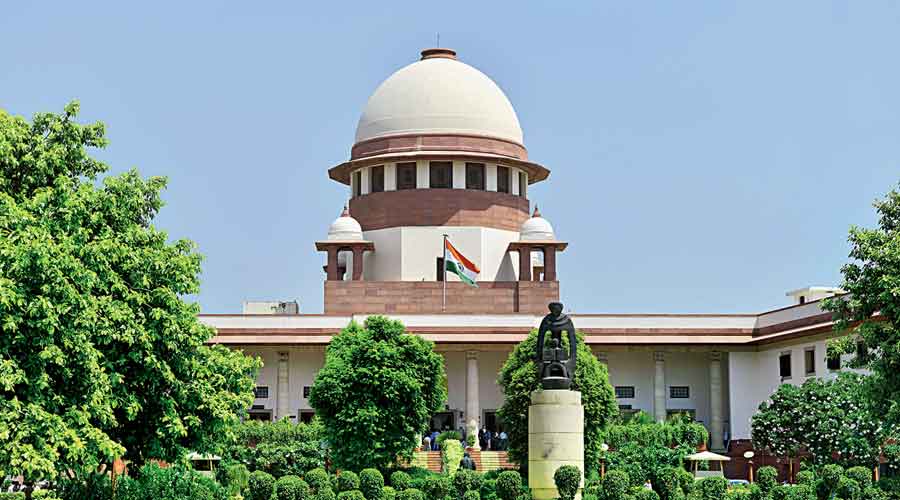On October 17 2023, A bench of 5 Supreme Court judges headed by Chief Justice of India DY Chandrachud, collectively made a decision against legalizing the marriage of same sex in India. The judges ruled in a 3:2 opinion against the non-heterosexual marriage. It consisted of Justices Sanjay Kishan Kaul, Ravindra Bhat, Hima Kohli and PS Narasimha.
The CJI and Justice Kaul argued against the perspectives of civil unions with regard to non-heterosexual couples. The Chief Justice of India added a statement that the Supreme Court cannot ignore the provisions of the Special Marriage Act (SMA) or read words incorrectly. Gender-neutral interpretation is the main focus of the petitions which were filed under SMA. To facilitate inter-faith marriages and inter-caste marriages, a secular legislation named SMA was designed. The petitioners have researched about various interpretation relating to SMA and made petition to add the same-sex marriage in it.
Justice Kaul claimed that the recognition of non heterosexual couples legally would act as an initial step to bring marriage equality among the citizens. All the judges agreed about the fact that there isn’t any fundamental right regarding the marriage and the verdict in majority was ruled against the marriage between same sex and they came into the conclusion that the Parliament or a legislature should try to bring in the law with respect to same sex marriage.
The arguments took place in the top court for almost 10 days in the months of April and May. Strong Arguments were made on various topics starting from the right to equality to the right to privacy, the legal advantages and rights granted by marriage, and also the impact on children due to same sex marriages were made. People who opposed the petitioners were the national child rights body NCPCR, the Central government, and a body of Islamic scholars, the Jamiat-Ulama-i-Hind. As years passed, few verdicts helped in amending the legal views of LGBTQ rights, such as ‘Navtej Johar’ in 2018, which mainly said that the community of LGBTQ are same as the normal citizens and highlighted the fact that there shouldn’t be any discrimination based on sexual orientation and gender in the law.
Moreover, various themes such as adding the LGBTQIA+ couples in the (SMA) Special Marriage Act of 1954, the Foreign Marriage Act of 1969, the minimum age for such couples to get married, along with the impact that could happen on children because of such marriages were deeply discussed during the court proceedings.

